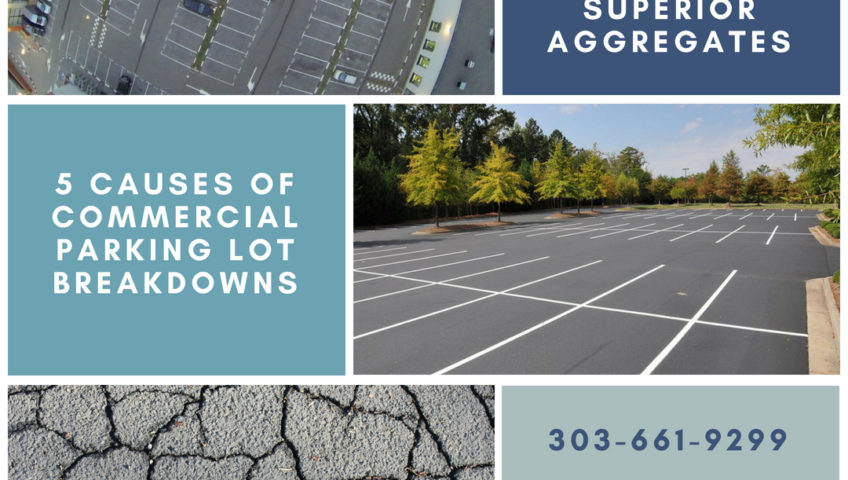
5 CAUSES OF COMMERCIAL PARKING LOT BREAKDOWNS
For far too long traffic got all the attention. Cars at rest seemed boring, and those in motion were exciting. Parking was hardly talked about. Today, parking has become a top concern among many stakeholders including commercial parking lot entrepreneurs, city planners, and company heads.
Space is limited, and parking lot demand is ever increasing. That explains why behemoth parking lots or “seas of asphalt parking lot” and mega garages are a hot potato. Despite the attention, commercial parking lots face numerous challenges including breakdowns. Why?
We’ve gathered five significant breakdown causes that every commercial parking business owner must know.
1. Dirt, Debris, and Engine Oil
Regular cleaning of parking lots prevents damage. Often, leaking engines are conventional in most parking lots. Engine oil can cause severe damage to pavement surfaces. It creates ugly stains as it weakens the parking lot. There are different techniques to clean engine oil stains.
Experienced asphalt companies recommend cleaning parking lots at least twice a month. Remove all debris including dirt, leaves, and rocks from the pavement. Thorough cleaning enhances parking lot’s beauty and significantly increases its lifespan.
Debris and dust are known to prevent proper drainage leading to the occurrence of tiny water ponds on asphalt surfaces. With time, asphalt breaks down allowing water to seep into the parking lot’s sub base creating huge potholes and cracks.
2. Cracks
All cracks more than a quarter an inch wide should be repaired. At times, weed growing in an asphalt parking lot extends these cracks. It’s advisable to promptly remove plants to prevent their roots from causing more damage by breaking down the pavement’s surface. Also, fill in the cracks to prevent vegetation from growing and water from percolating. Dry and solid asphalt surface is necessary.
Some cracks don’t require sealants. Generally, parking lots have various cracks including edge cracks, reflection, slippage and shrinkage cracks. It’s vital to repair them once they start occurring promptly. If you notice any cracks on the surface, contact certified asphalt companies to fix them.
3. Low-Quality Sealant
At times, entrepreneurs choose to purchase cheap sealant to save money. They end up compromising on quality. A high-quality sealant adequately fills any crack on your parking lot. High quality sealant prevents water from seeping in or vegetation from growing and cover from breaking abruptly.
However, consider the size of the cracks before applying any sealant. Fill in deep and wide cracks. Adding a layer of sealant frequently helps extend your parking lot’s longevity. Assess the parking bay’s tear and wear rate to determine how often to seal.
4. Poor Design
Be careful when hiring a contractor for paving in Denver project. An inexperienced contractor may create an erroneous design that cannot withstand wear and tear when vehicles drive on specific parts of the pavement. Change your parking arrangement and stripes to minimize wear. Furthermore, redesigning your parking lot can help increase productivity and space.
5. Divot and Poor Drainage
Divot refers to a portion of asphalt surface that is dug out from the sub-base. Divot may occur as a result of poor drainage. Usually, heavy trucks and trailers remain at a single spot for long. They create water puddles which weaken the asphalt leading to the occurrence of potholes. It’s crucial to have sufficient drainage to prolong your parking lot.
Failure to repair damaged parking lot may significantly reduce your revenue. Perform routine maintenance to fix minor issues to avoid costly repairs. Also, check the weight of vehicles using asphalt surfaces. Huge tracks are known to destroy ordinary paving in Denver. Running a parking lot business? Share your thoughts and experiences with us.
